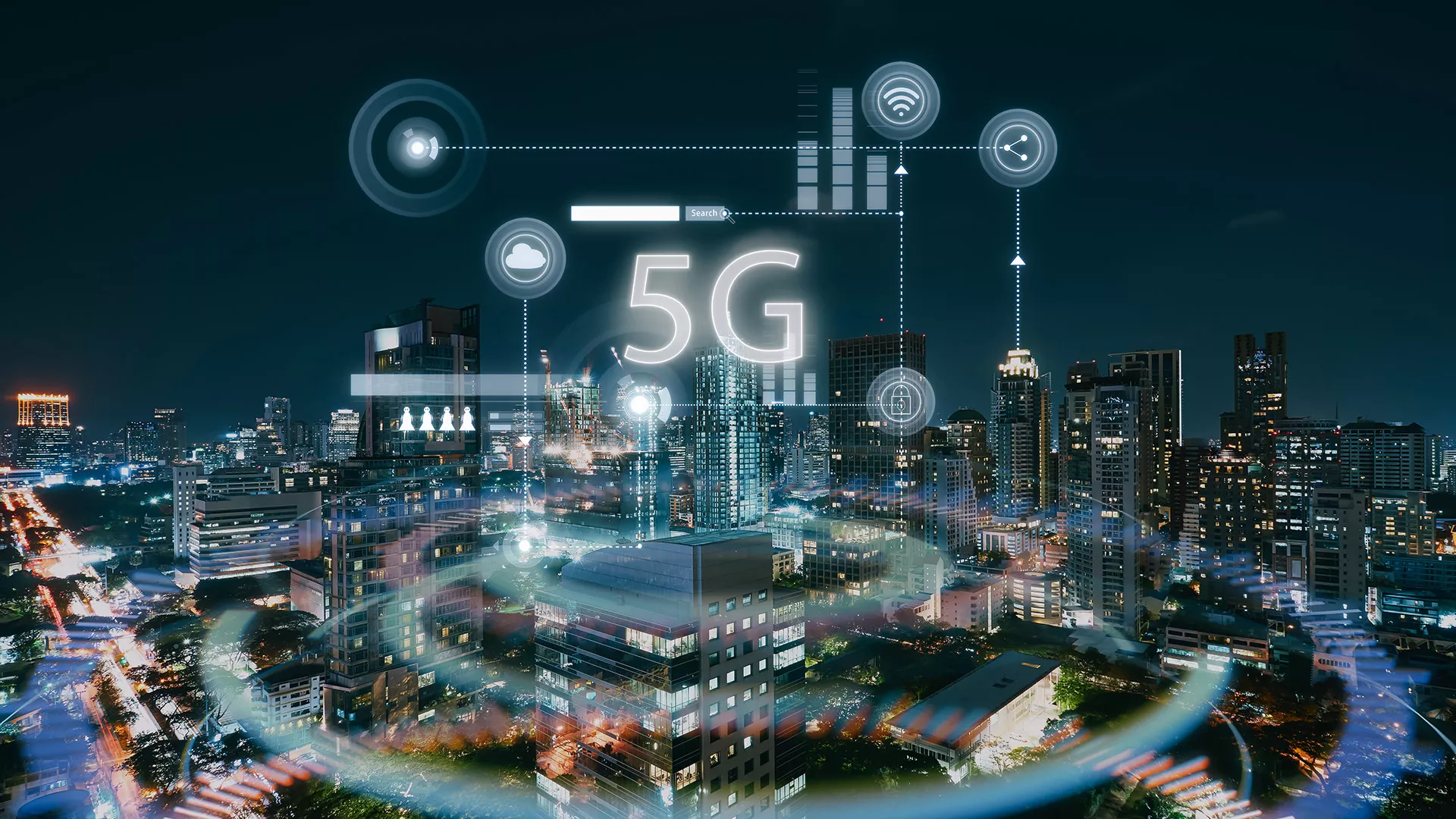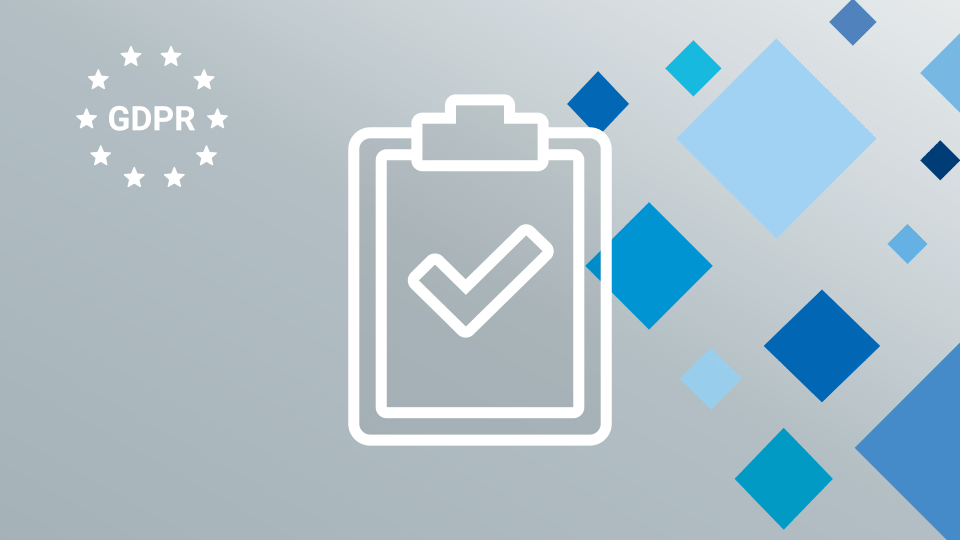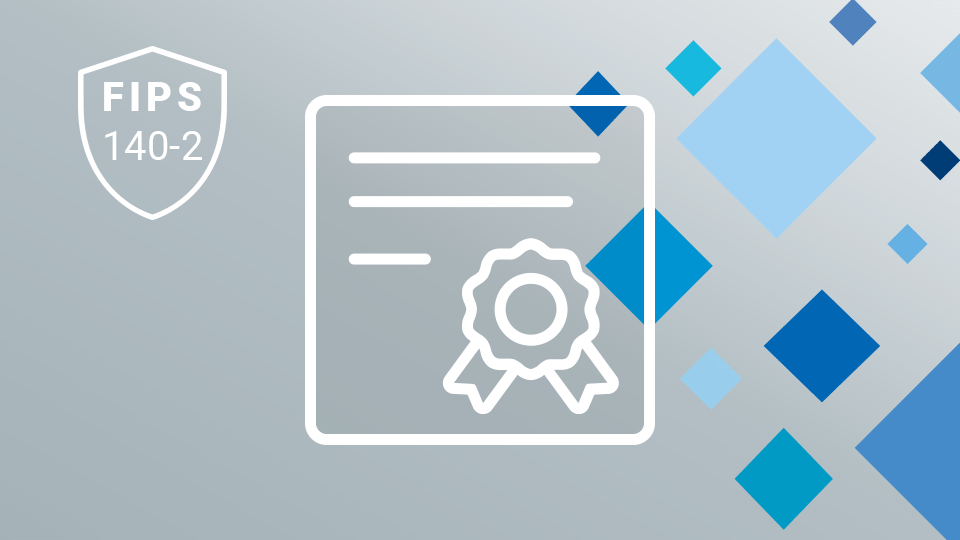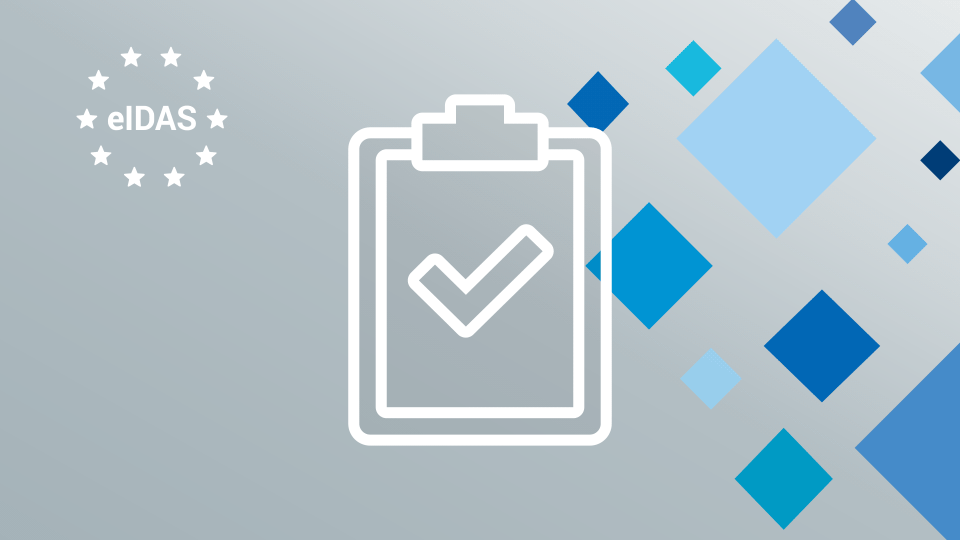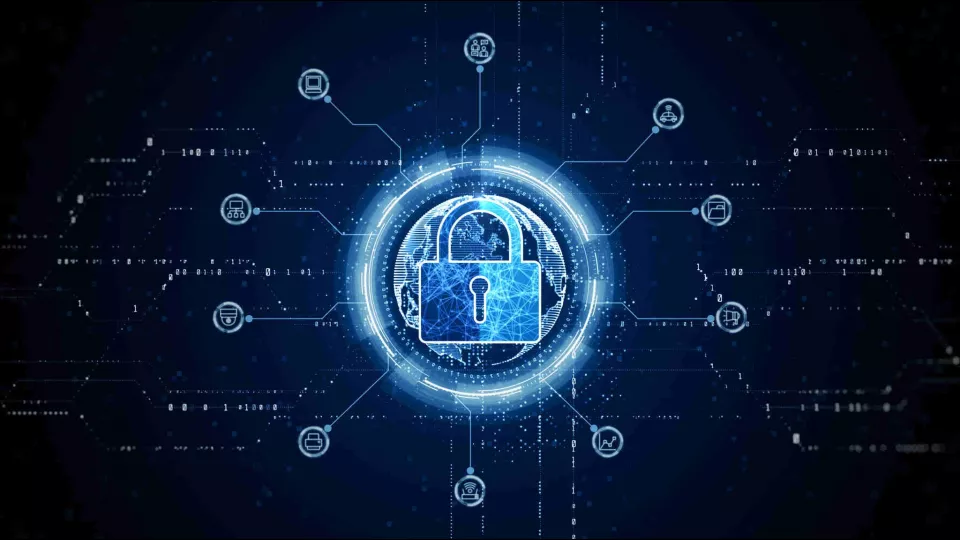Several characteristics of 5G lend themselves to transformation of industries such as connected vehicles, manufacturing (smart factories), eHealth and construction.
5G connectivity will be the primary communication technology for connecting objects in the IoT environment and transmitting data over 5G networks for processing as well as remote data storage. One of the advantages is high sensor density for data gathering, which will allow factory floor, hospital or home digitization with an elevated user experience by means of increased visualisation and productivity, without the requirement for complex networking or legacy hardware.
However, 5G technology faces additional security threats, because there are more vectors through which adversaries can attack. As 5G will cater for increased bandwidth requirements as well as vast numbers of IoT connected devices, increased data security and privacy challenges become key components of an operator's brand. If data falls into the wrong hands, this could result in a catastrophic occurrence, for both environment and reputation.
Security mechanisms need to be in place that are reliant on Public Key Infrastructure (PKI) where a Certificate Authority (CA) issues certificates to each of the communication endpoints in order to mitigate spoofing of messages. This also enables transport protection of the communication (confidentiality, integrity, replay protection), to mitigate tampering, repudiation and information disclosure of messages, as well as securing communication when authorising any request, preventing an attacker from gaining illicit access.
Future proofing the communications infrastructure is vital for all major carriers in order to guarantee confidentiality between parties in the presence of a third-party eavesdropper.


